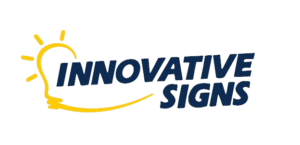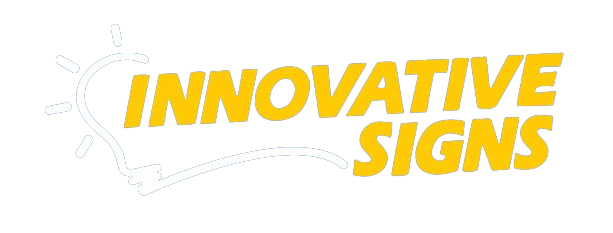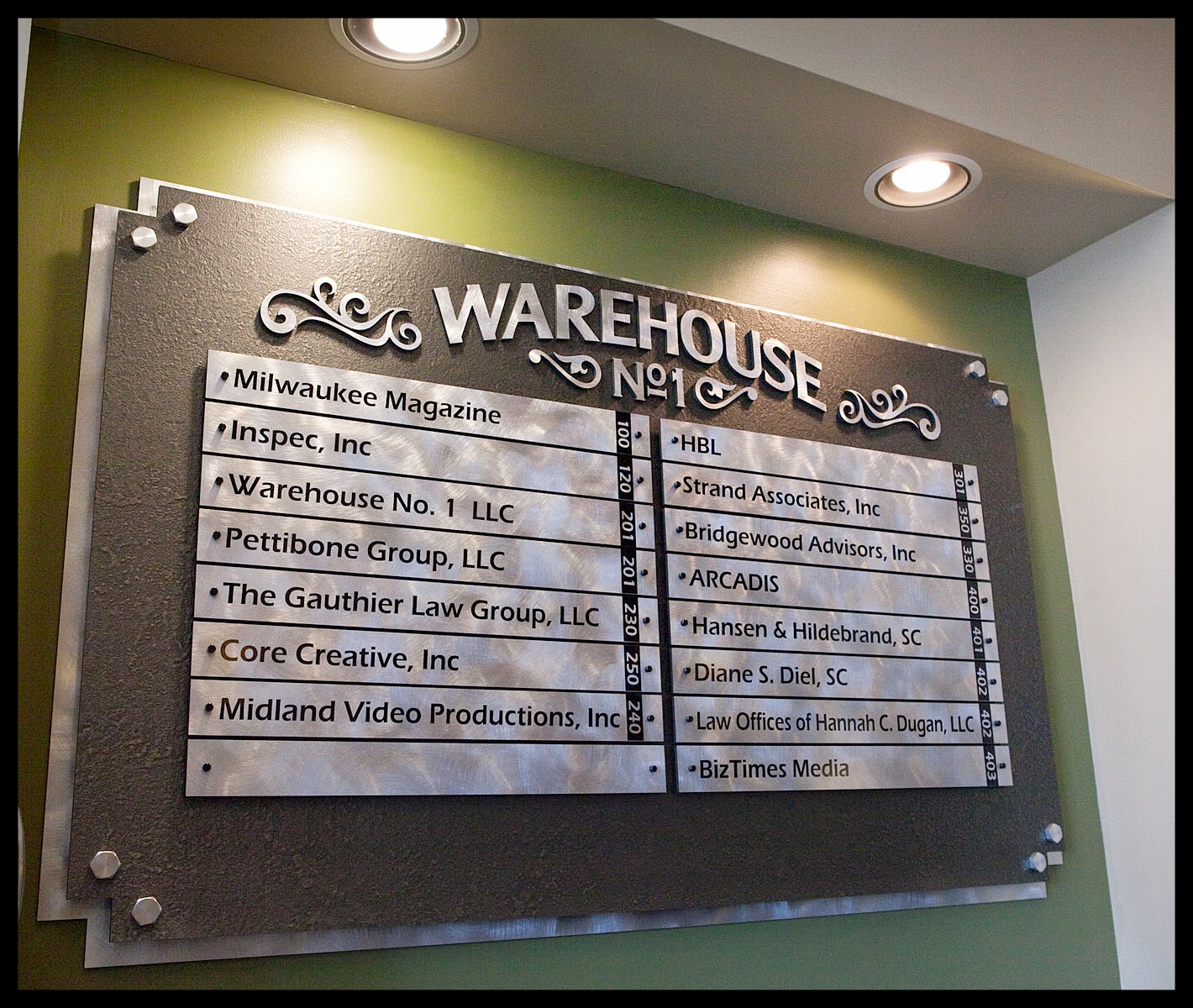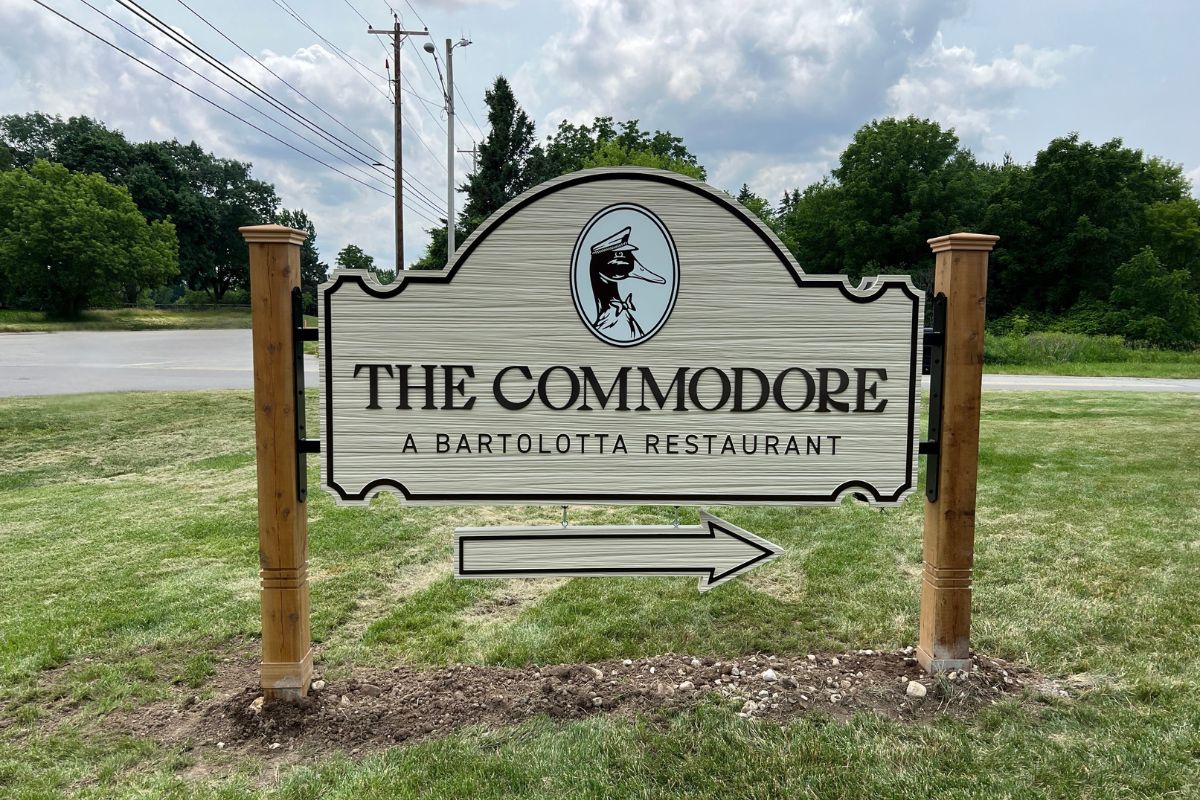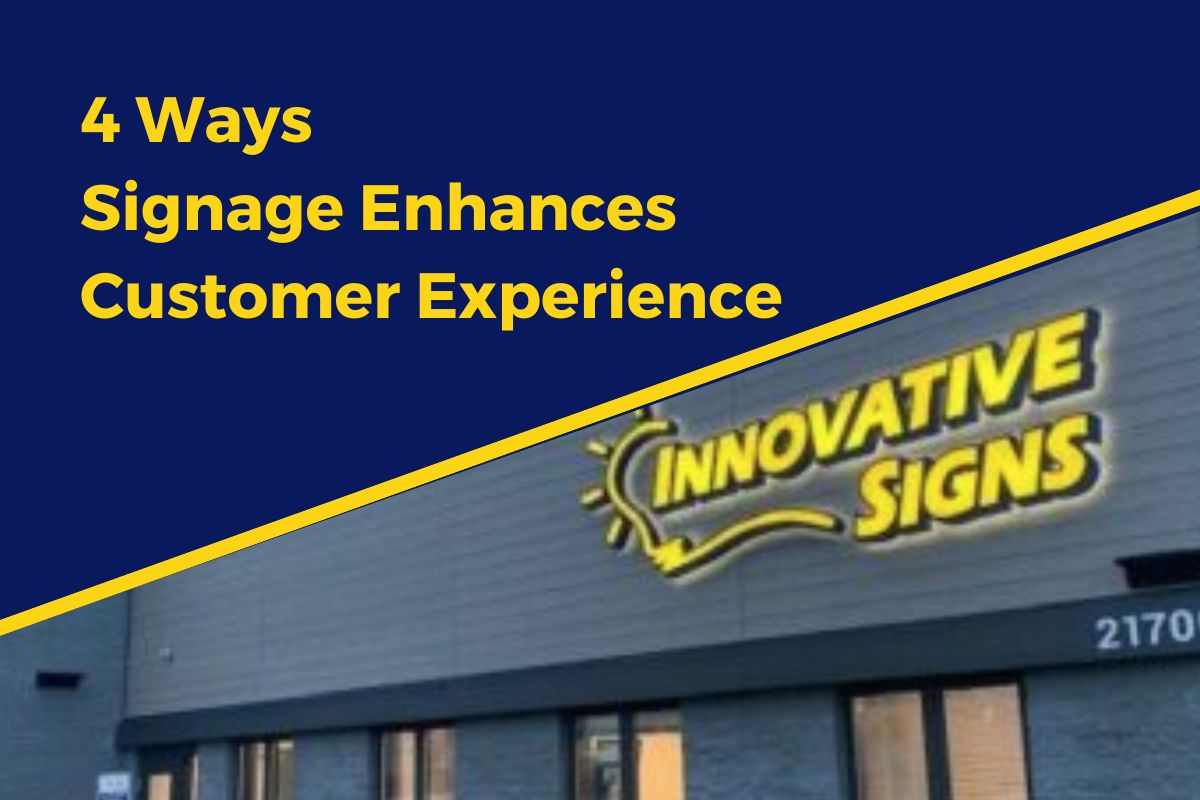Navigating Your Facility from the Customer’s Perspective
Navigating our facilities on a daily basis can prevent our ability to see wayfinding difficulties. The best way to determine if your facility has wayfinding difficulties is to listen to feedback from customers. If clients need to rely on staff to direct them you have a problem.
A poor indoor navigation system can be costly to your business. Some things that can contribute to a poor navigation system are; lack of signs, poor sign placement, unfamiliar sign vocabulary, and excessive information. Any barrier that hinders access to your product or service means other investments in your facility are being wasted. Feelings of stress and frustration can affect your customer’s experience at your facility. Customer experience is the driving factor in repeat business and word-of-mouth advertising. Additionally the cost of staff members taking time to direct customers through a facility instead of completing their core tasks should not be ignored.
Designing a system that is effective for your client is important and involves many aspects. Use of consistent text and graphics throughout the system will ensure that directional signs are easy to find and aesthetically pleasing. Common terminology instead of technical lingo on signs will guarantee optimum understandability and reduce confusion by customers. Contrasting color combinations, legible fonts, simple pictograms, and placement of signs within the lines of sight are important to prevent visibility issues. The usage of Repetitive signs over long distance and in transitional areas will reassure customers of their route and ease stress.
Putting yourself in the perspective of the customer is a valuable skill to determine if you have a navigation system that works. Take the time to walk routes in your facility from different locations to popular destinations, while relying on your signage system. Correcting wayfinding issues will not turn complaints into compliments. You will know you have a working wayfinding system when people find their destinations without having to ask.
